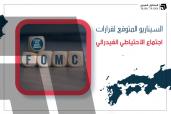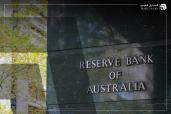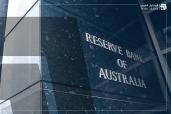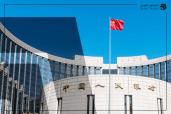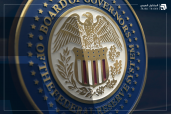How did Trump's victory in the American elections affect market pricing for the Federal Reserve's path?
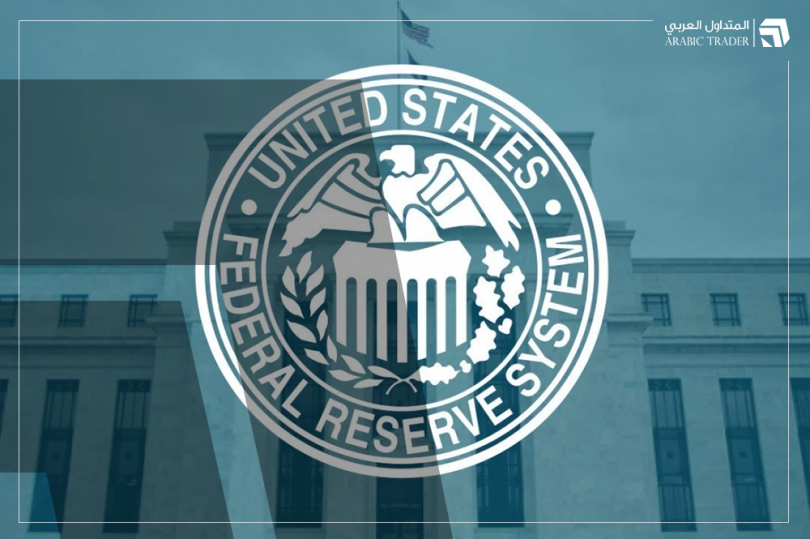
Data from the Electoral College in the United States on Wednesday showed that Republican presidential candidate Donald Trump has won the presidential elections in the U.S. after officially securing 277 electoral votes, thus surpassing the 270 votes required for victory, having outperformed his Democratic counterpart Kamala Harris, who only garnered 224 votes.
According to Associated Press AP data, the total number of individuals voting for Donald Trump reached 71,760,575 voters, representing 51% of the American electorate, while Harris received votes from 66,882,975 voters, representing about 47.5% of the electorate.
The victory of former President Donald Trump in the elections significantly affected investors' pricing of the path of interest rates at the U.S. Federal Reserve, as markets began to anticipate that the Federal Reserve would move towards a less aggressive cut in interest rates following Trump's win.
These new expectations come against the backdrop of awaiting a series of new policies that Trump has promised to adopt once he assumes office, including corporate tax cuts and increased tariffs on certain goods imported from the European Union and China, which could pose a challenge to the progress made by the Federal Reserve in slowing inflation rates so far.
Economic experts believe that such policies, along with putting a cap on immigration to the United States, are likely to lead to faster economic growth and a tighter, stronger labor market, which would put upward pressures on prices and inflation.
New market bets significantly reflect that Trump's victory may mean that the U.S. Federal Reserve will not cut interest rates as much or as quickly as the markets previously anticipated before his victory, amidst the challenges that implementing these policies could pose, which might lead to higher inflation and consequently higher interest rates.
Although it is still widely expected that the Federal Open Market Committee will reduce interest rates by 25 basis points to the range of 4.50% - 4.75% tomorrow, futures traders have now lowered their expectations regarding the likelihood of an interest rate cut in December compared to earlier, as contracts are now pricing in that the Federal Reserve might cut interest rates by June, once the interest rate is in the range of 3.75% - 4%.
If these expectations hold true, the end of the current interest rate cut cycle at the Federal Reserve may come more than a year earlier and one full percentage point higher than the expectations of most Fed members after the initial rate cut in September.

